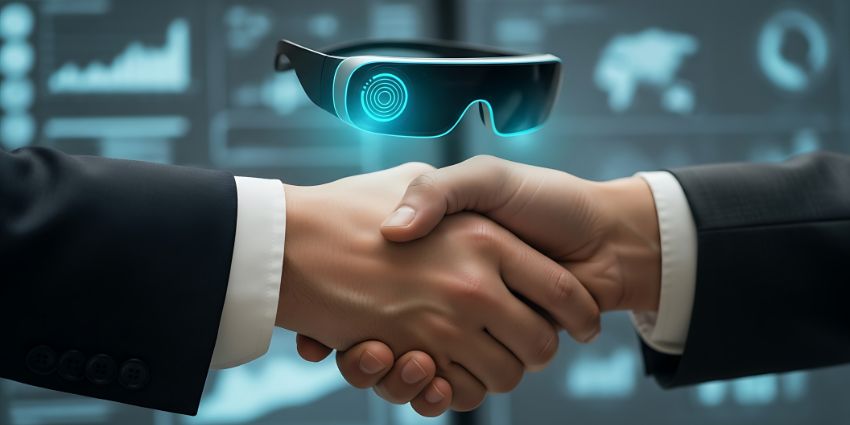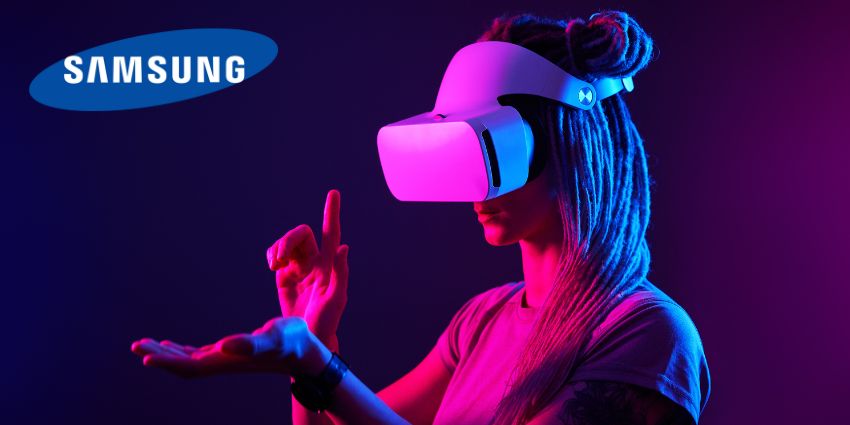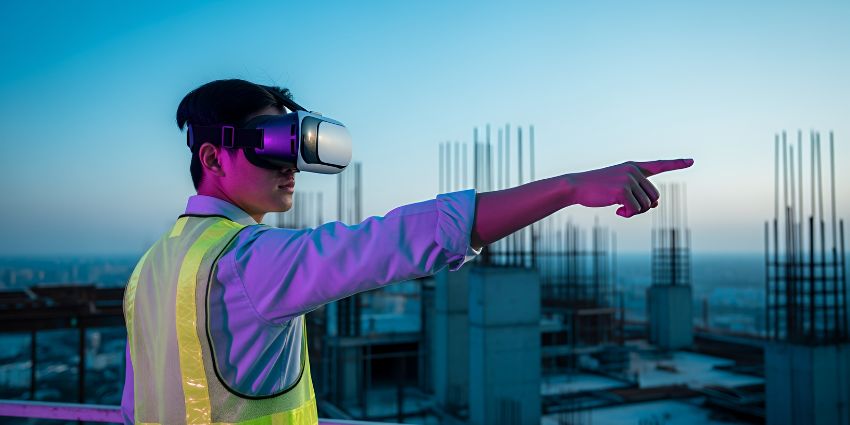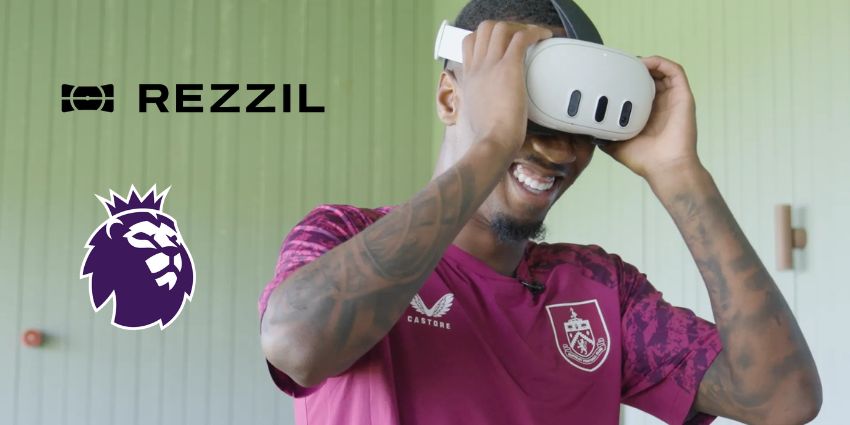Throughout 2020, we began embracing remote working like never before. Although anywhere work was already an appealing concept for many companies, the lockdowns of COVID-19 forced us into a new era. A fundamental shift in our daily work practices meant we could no longer collaborate in-person. New challenges arose: how do we engage teams in a distributed environment?
Companies are exploring a wide variety of tools to enhance the collaboration landscape in the digital age. Video conferencing became the new norm, replacing audio conversations and emails with an immersive and intimate face-to-face experience. Chat and file sharing accelerated how we connect throughout the day, reducing the headaches of the email inbox.
Now, XR, or extended reality, is promising a new way for people to stay connected, wherever they are. With real-time collaboration in the XR landscape, team members can put on a headset and instantly share a workspace with anyone. VR collaboration tools allow teams to connect, learn together, and work together in a whole new world.
The Rise of VR for Remote Collaboration
Virtual reality tools and headsets create unique spaces for remote collaboration. Teams have an opportunity to work, train, and communicate without feeling as separated by distance. Team members can log in from locations around the world and step into a combined space that contains everything from digital desks to avatars of their coworkers.
Virtual reality is a fantastic tool for immersing people in simulated environments. With the right collection of software and hardware, team members can travel to a new virtual world without having to leave their home office. This is a concept in VR immersion that experts call “Presence”.
Remote collaboration in VR allows two or more people to join forces within a virtual environment to share simulated experiences. This new era of immersion improves the clarity of the messages in a conversation by adding a new layer of context.
Video conferencing provides an enhanced alternative to audio conferencing conversations by giving us an opportunity to see people’s face. This increases the sense of personal connection we have with our teams. Sharing content through collaboration tools improves access to relevant information and makes the experience more contextual.
Virtual reality brings another dimension into the mix by allowing us to share a 3D environment with other people. You can see another person’s body language and posture based on the appearance of their avatar. Users can make gestures with their hands, and even interact with shared information.
Creating Shared Experiences with VR
Real-time collaboration in VR is all about shared experiences. It brings multiple devices and users together in the same landscape, to interact with specific components and information. As a remote collaboration tool, VR is useful when:
- The conversation requires interaction with spatial information
- Physical meetings aren’t practical, but true immersion is necessary
- There’s a demand for a higher level of audience engagement
In a team meeting, real-time collaboration would involve using VR instead of video conferencing for crucial conversations. VR is a brilliant way to have a more personalized communication experience at a distance, thanks to the ability to approximate body language and gestures.
Spatialized audio in a VR meeting means that participant voices come from their avatar’s position in the personal space. Combined with immersive imagery, this creates a unique experience where team members genuinely feel that they’re in the same space.
Real-time collaboration through VR is also incredibly useful for team coordination and project management. For instance, in an engineering, or manufacturing company, businesses could use VR environments to pull up and share schematics. Everyone in the same environment would interact with the information and dive deeper into the experience using 3D elements.
One theme park in Spain used VR technology to plan and create a roller coaster.
VR and real-time collaboration also has a part to play in creating more immersive training experiences. In a VR environment, people can participate in projects and team-building exercises with other team members. Real-time collaboration can immerse employees in simulations of the experiences that they’re training for, allowing them to practice new techniques.
Collaboration is Evolving
Real-time collaboration isn’t just about chat tools, file sharing, and video conferencing in the age of extended reality. Virtual reality environments can create a shared environment in the digital world that anyone can attend – no matter their location.
In a world where distance working and remote employees are gaining popularity, real-time collaboration through VR could be the key to replicating the in-office environment. When the people in your company need a true face-to-face experience, they can load up their virtual office and step into a room with colleagues that are thousands of miles away.







